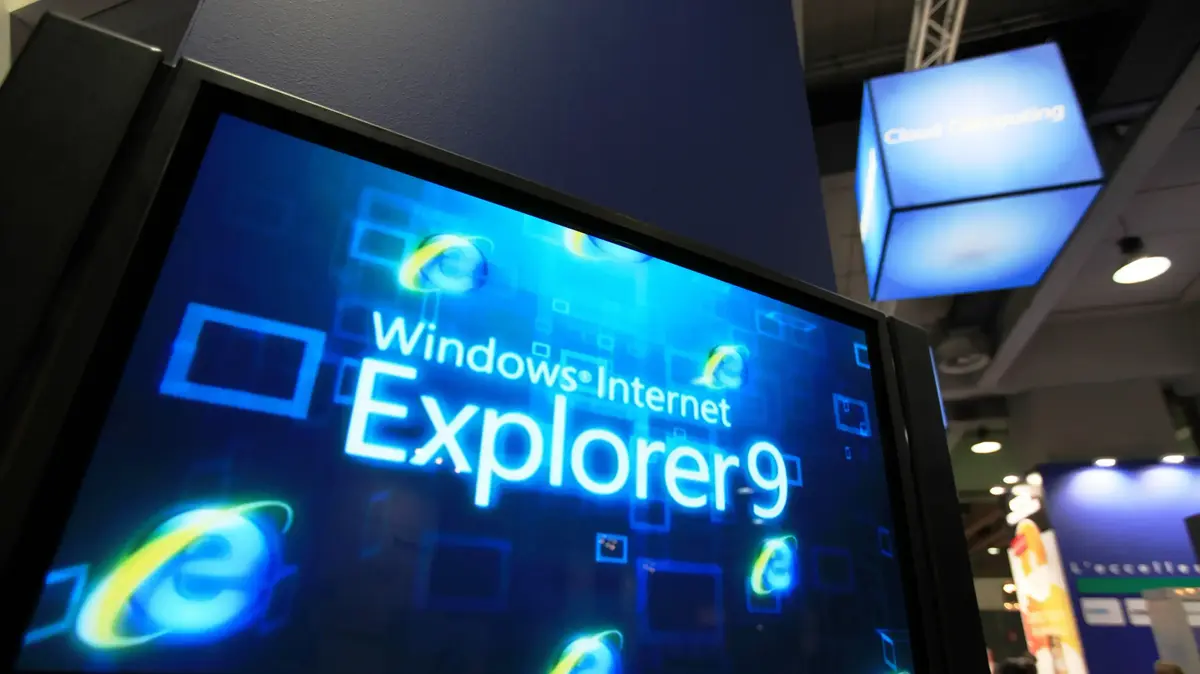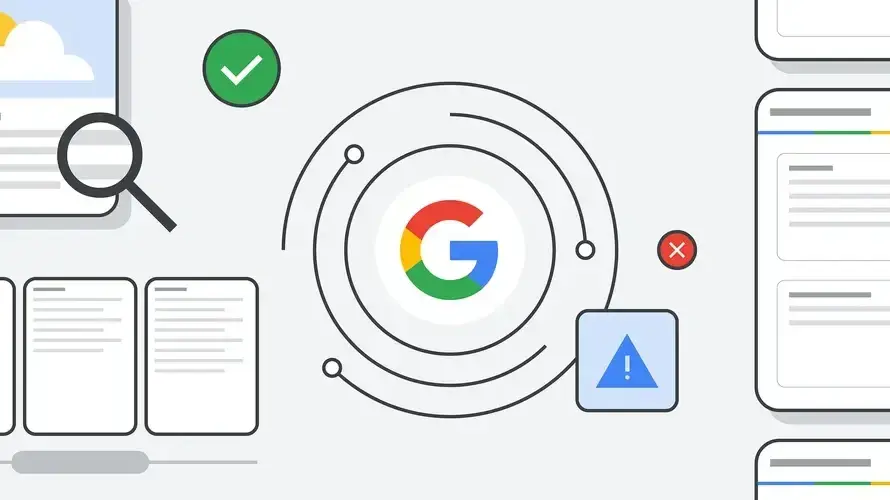In his memory: Internet Explorer, 1995-2022
He was hated for developers, laden with security holes, but he also had some internet contributions.
This week the browser that everyone loved to hate, Internet Explorer finally blew his soul.
Requiem for a browser
Niv Lillian
17/06/2022
Friday, 17 June 2022, 11:46 Updated: 11:58
Share on Facebook
Share on WhatsApp
Share on Twitter
Share on Email
Share on general
Comments
Comments
The blue e-symbol surrounded by the ring was the default and gateway for many to the Internet.
That is, those many who did not know how to download Chrome or Firefox, and indeed one of the main jokes about Windows' built-in browser was that it is excellent - for downloading other browsers.
The blue e-symbol surrounded by the ring was the default and gateway for many to the Internet (Photo: ShutterStock)
I do not think there has been in the history of the internet a browser that has evoked so many emotions, most of them negative.
Internet Explorer began as an add-on to the Windows 95 operating system, and its first version was released exactly 27 years and another two months after its official death: Internet Explorer 1.0 was released to the world on August 16, 1995, as part of the "Plus!" Package.
For Windows 95. Internet Explorer 1.0 was based on Moziak, the first browser, similar to its almost only competitor at the time - Netscape.
By November of that year, version 2.0 had already been released, including a Mac version.
The rise of the Internet led Microsoft to develop its browser in Conversion, and in August 1996, version 3.0 of Explorer was introduced, which also included e-mail and news management software, and initial support for what was then called multimedia, and is now better known as gifs and videos ... Microsoft has also begun to include Internet Explorer as an integral part of its operating system.
This led to war.
His almost only competitor at the time - Netscape (Photo: ShutterStock)
Browser War
This move by Microsoft, in which it used its control over the operating system market to promote its own browser, angered many, especially its main competitor in those days, Netscape, which marketed the fine browser Navigator.
But if Microsoft is also pushing a built-in browser for every Windows user - why would anyone want to use a different browser?
Netscape has filed a complaint with federal authorities alongside 20 states in the United States, claiming that Microsoft is an illegal monopoly.
This led to a lengthy legal process in the early 2000s, also known as the Browser Wars.
Although a federal judge ruled in 2000 that Microsoft was guilty and ordered it to unpack the Windows + Explorer package, Microsoft of course appealed, which lasted several years.
In the final appeal, the split order was revoked, but it was still ruled that Microsoft was an illegal monopoly.
Meanwhile, Microsoft has taken advantage of its market share, increasing its market share so that in the first decade of the millennium, Microsoft actually held over 80 percent of the browser market.
Who did you call Monopoly?
By the way, these struggles exhausted Netscape, which disappeared from the market, but from the ashes of Netscape a new browser arose: Firefox.
Internet Browser Version 6 (Photo: ShutterStock)
Government Explorer
Version 4.0 of Explorer has accompanied these years three versions of Windows: 95,98 and NT.
The email and news software was replaced by Outlook Express, but we will jump a bit ahead in versions - Explorer 6.0 version was a leap forward, and came out together with the then innovative operating system, XP, which was released in 2001.
Remember a green hill, blue sky and a green Start button?
Yes this.
Version 6.0 was a leap forward, as it already contained many necessary improvements in the areas of security and privacy, and it lasted until 2006, when version 7.0 of Explorer came out along with the infamous Windows Vista.
From there, by the way, these are also the years when Explorer 6.0 was established as a de facto standard on government websites in Israel, a matter that remains with us to this day.
Windows 95 (Photo: GettyImages)
In those years, Explorer 6.0 enjoyed a market share of over 90 percent, making it the practical standard of the Internet.
Another thing that remains with us to this day is the logical Hebrew, Microsoft's solution for spelling from right to left, which during the browser wars competed with Netscape's visual Hebrew, something that caused a lot of headaches for web developers in those years. .
In those years, Explorer 6.0 enjoyed a market share of over 90 percent.
Bill Gates Introduces Windows XP (Photo: GettyImages)
Eight and Nine: Network 2.0
Although Microsoft's dominance of Explorer's operating system and push as a built-in browser has benefited it, these have been years in which Microsoft has changed direction, and decided to join the world: International of HTML, and version 8.0 of Explorer is also starting to support Web 2.0 and sites like YouTube and others, Facebook which is still in its infancy in early 2009, and in general, what is now known as "surfer content".
Version 9 of Internet Explorer already supports HTML (Photo: ShutterStock)
Ironically, Explorer's complete dominance of the market was at the back of Microsoft's minds, as a great many people with Explorer 7, just did not want to upgrade to version 8, and stayed with the previous browser.
Version 8.0 of Explorer was also the first to introduce private browsing in a Microsoft browser.
And another event that can not be ignored: in 2008 a new competitor from Google entered the market, the Chrome browser, which began to gnaw at every word in Explorer's market share, and rightly so: Chrome was smoother, faster and more convenient to use.
From here, the market share of Explorer started to plummet.
And another cute trivia detail, who led the development of Chrome on Google, was a young engineer named Sonder Pichai - now the CEO of Google.
The 9.0 version of Explorer, dubbed the "beauty of the web", released in 2011 (the writer was at its launch event ...), already supports version 5 HTML, and in general, the modern building blocks of the web.
This was another leap forward in the life of the blue e-browser, and unlike its predecessors, version 9 did not come out at the same time as a new operating system, but supported the last two versions of Windows (seven and XP), as well as Windows Phone 7.5.
Heir: Edge Browser (Photo: Microsoft)
The long dying
The next versions, Internet Explorer 10 and 11, were released in parallel with the new operating systems Windows 8 and Windows 8.1, with the first version of Metro being released for the browser, and 11 also being adapted to support touch screens.
In 2016, Microsoft introduced Edge (codenamed "Spartan") as a browser to replace Explorer and began integrating it as the default browser in Windows 10. Microsoft then discontinued support for all versions of Explorer except 11, essentially leaving its old browser To a long dying process, which ended only this week in fact with his final and official death.
Have peace Internet Explorer, rest in peace on your bed.
We will not miss.
technology
news
Tags
Explorer
browser
Microsoft








